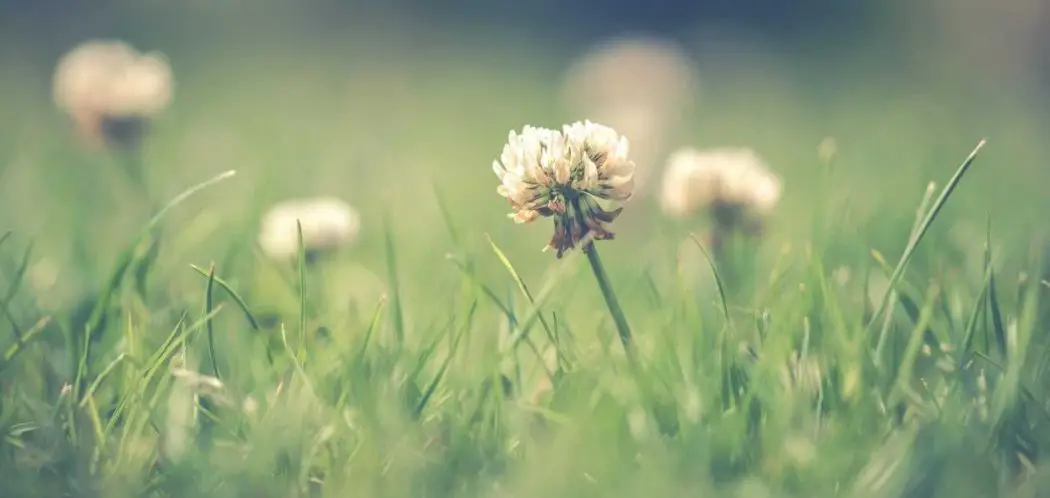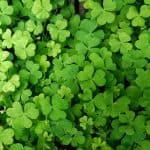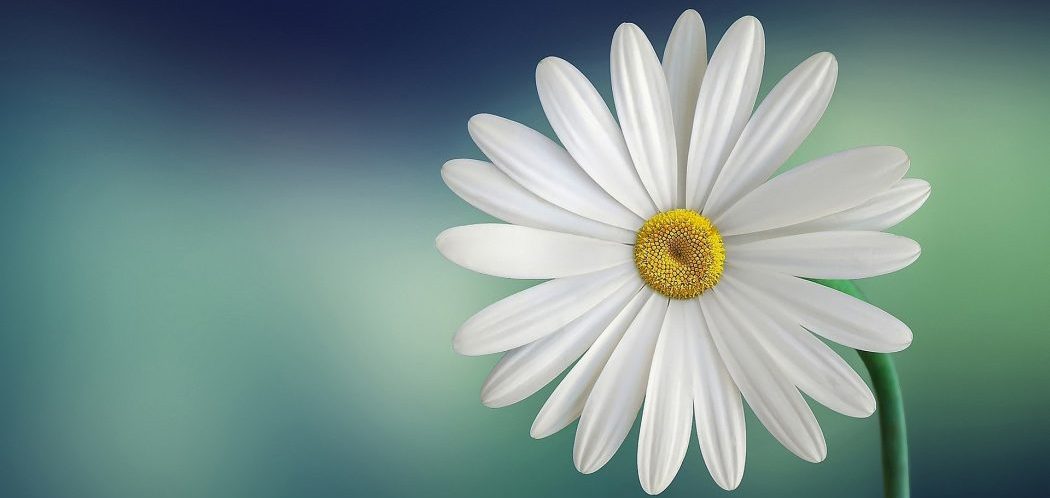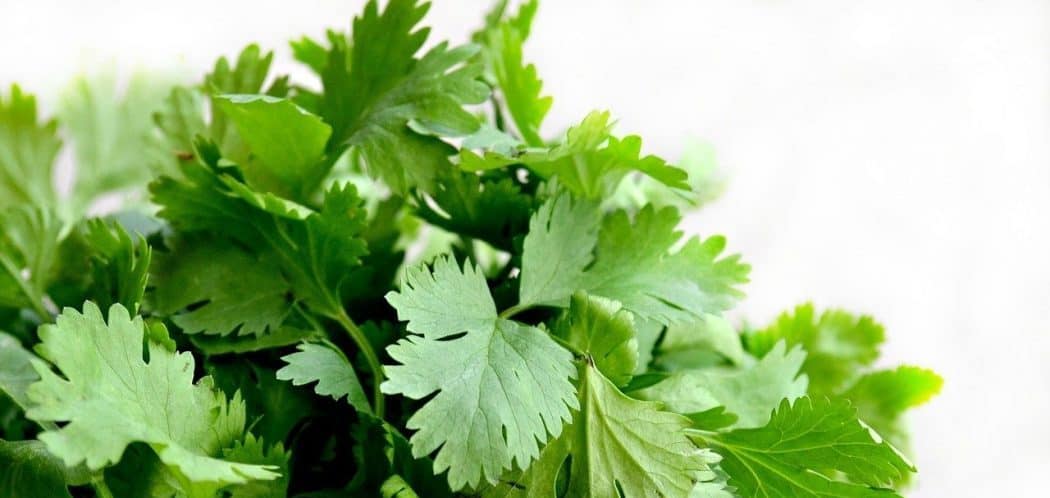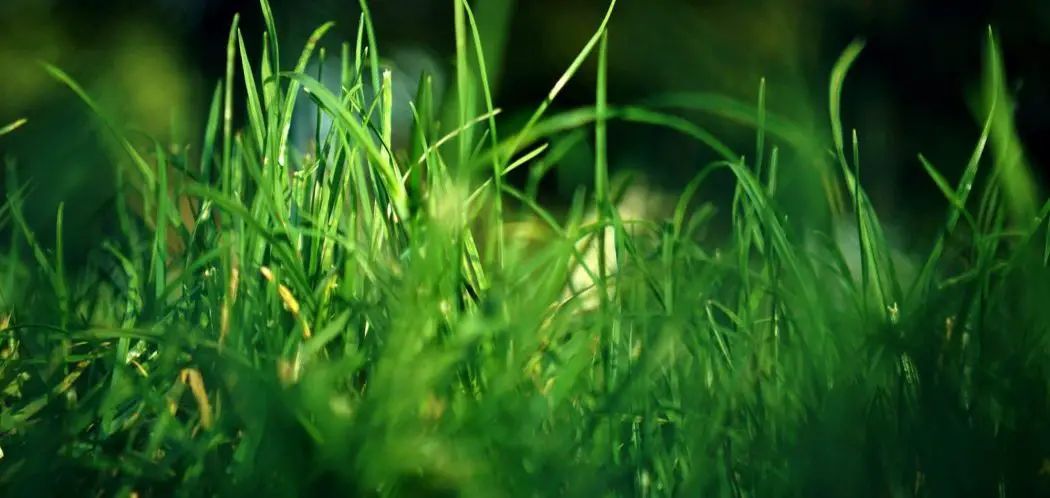Bittercress is officially called Cardamine hirsuta. It is also called hairy bittercress due to the hair-like structures surrounding each of the leaves. Bittercress, or cress as it is also known, is edible and usually has a peppery taste that can brighten up foods such as salads and others. And because they are plentiful during the winter months, you’ll always have something yummy to look forward to eating while other plants seem to be dying.
What Is Hairy Bittercress?
Hairy bittercress weed is an annual pest that sprouts up in the spring and winter. The stems are three to nine inches in length and slightly scalloped in shape. At the stems’ ends are small white flowers that eventually turn into long seed pods. When they’re ripe, the seed pods split open and spew out seeds into the environment. Bittercress prefers cool, moist soil and really grows and thrives after the rains in the springtime.
Hairy bittercress is difficult to get rid of because its taproot is long and deep. If you want to get rid of this weed, it usually takes some kind of chemical treatment. It spreads quickly, but if you place several inches of mulch around your desirable plants, this is usually enough to stop hairy bittercress from taking root. These are often attractive plants, but don’t let that fool you because they can quickly inundate and ruin your other plants.
Indeed, they’re not always an inviting plant and are, in fact, a weed, and if you’re interested in learning the differences between cress and other weeds or plants, you’ve come to the right place. Below are some of the weeds and plants that are similar to cress.
1. Hairy Galinsoga
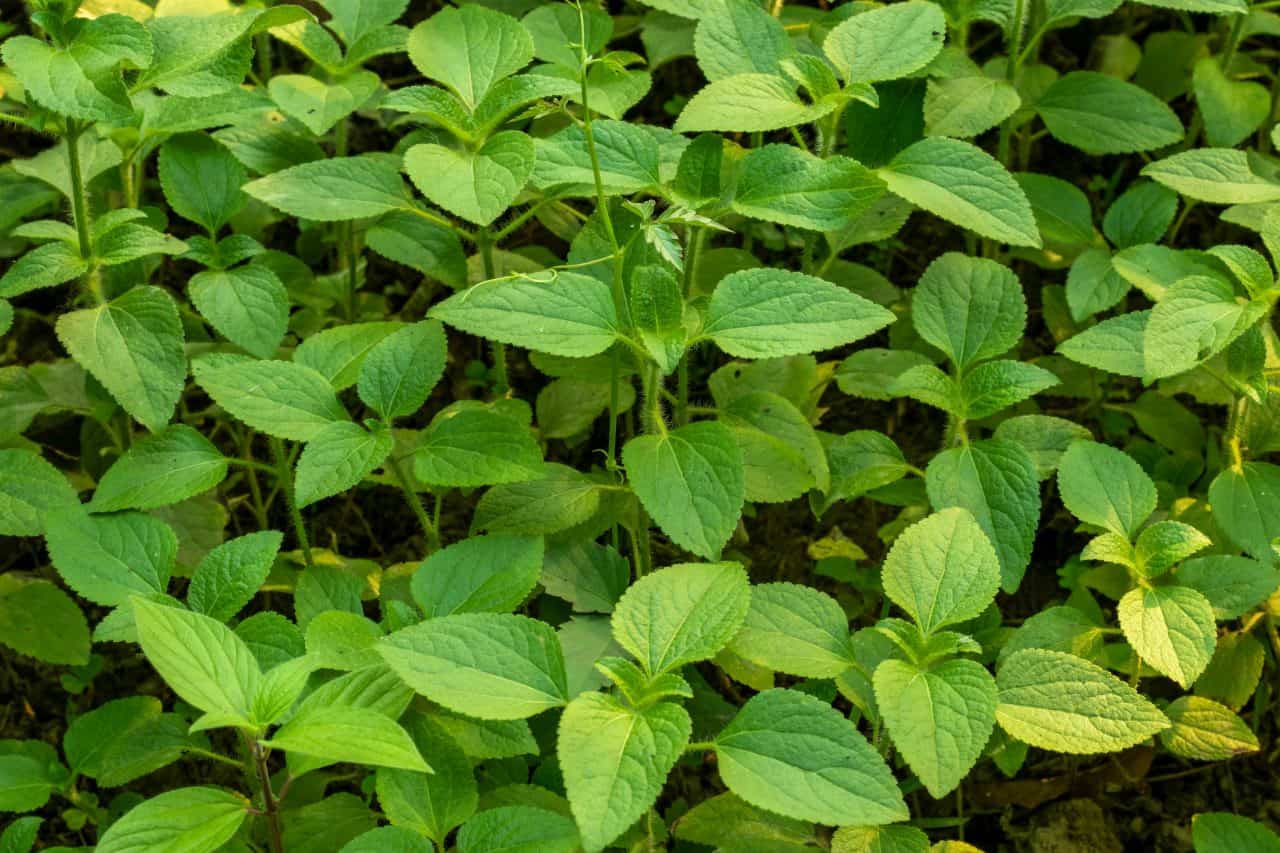
This plant has hairy leaves just like bittercress does, and it also has small white flowers, although the flowers look a little bit different than the cress’ flowers do. This is a summer weed that can grow up to 30 inches in height, and it is rather difficult to control because when the seeds fall to the ground, they can immediately germinate and take root.
It is so prolific that the weeds can produce between three and five generations in just one growing season.
2. Creeping Charlie
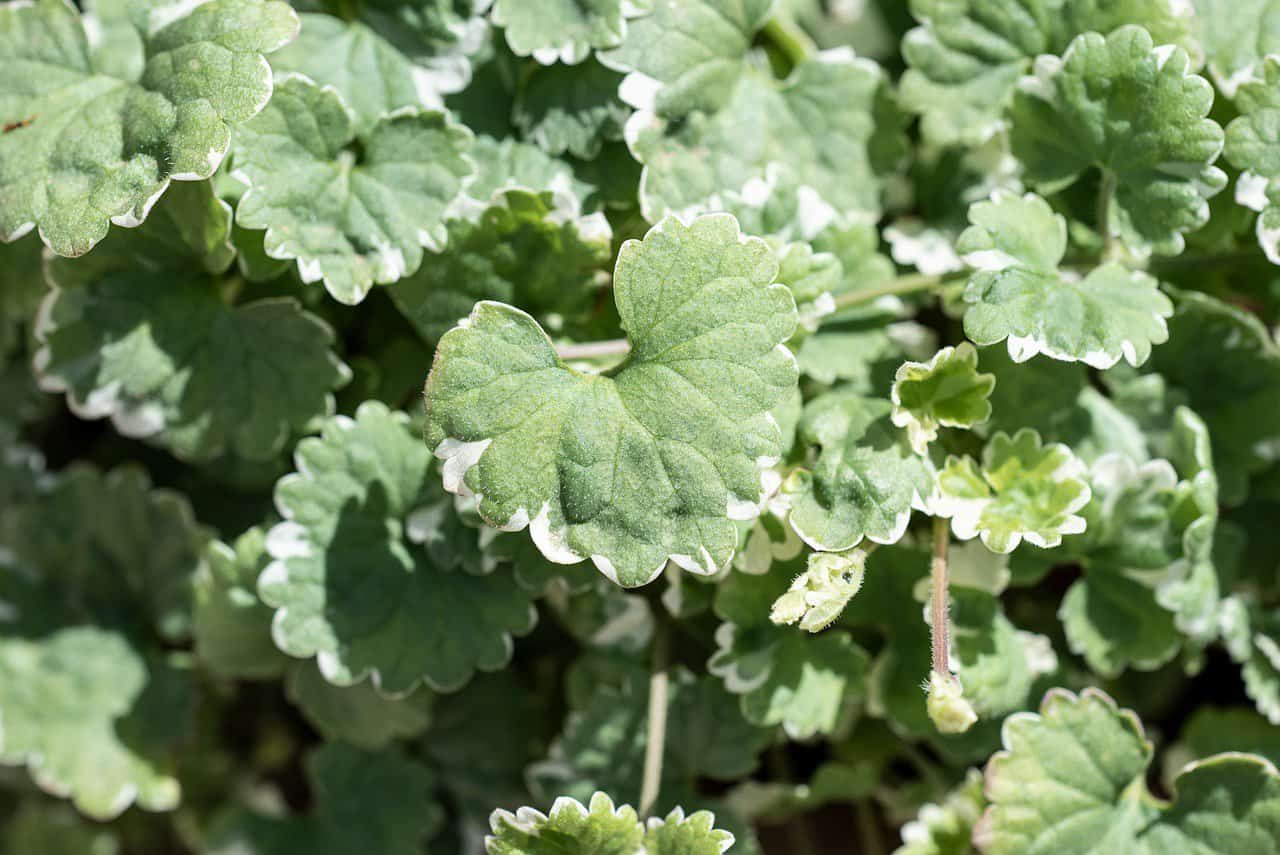
This is a broadleaf perennial that has scalloped leaves like the bittercress does, even though it only gets to around four inches in height. The flowers are purple instead of white, and it grows several feet in width, so it is a fairly large plant.
Like other weeds, the creeping charlie weed is often difficult to control, but it helps if you mulch your garden and use a postemergence herbicide in the spring and fall. It is common for this type of weed to grow in garden areas or shady lawns.
3. Velvetleaf
While the leaves are a little larger than bittercress leaves, the two types of leaves have the same shape. The leaves are also hairy, and this plant is large, growing up to eight feet in height. Agricultural fields and gardens are the two most common places to find these weeds, and instead of white flowers, their flowers are an orange-yellow color. You can also find velvetleaf growing near railroad tracks and roadsides, among other places.
4. Lamb’s Quarter
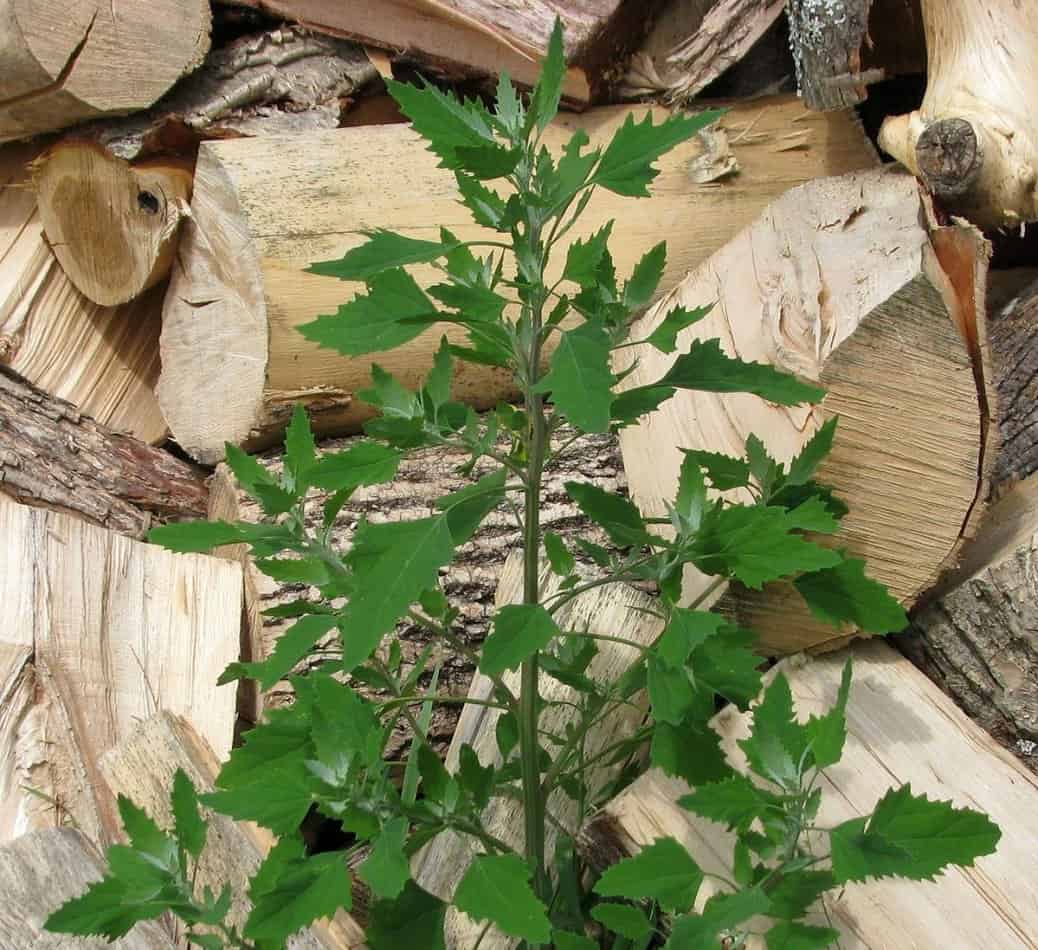
While the leaves of the Lamb’s quarter aren’t as roundish as those of the bittercress, they have a very similar shape. They grow in both the sun and the shade, and they can grow up to four feet high and 18 inches wide.
Garden areas and landscapes frequently have this type of weed in them, and they can usually grow in both the sun and the shade. Like other types of weeds, this one can be a challenge to get rid of and may require a postemergence herbicide to get the job done.
5. Henbit
The henbit weeds look very similar to the leaves of the bittercress weeds, and they can grow up to 12 inches tall and 12 inches wide. This is a low creeping plant with purplish flowers rather than white ones, but they can grow in both sun and shade, which makes it a challenge to get rid of them.
You can often find these weeds in garden areas, residential lawns, and various landscapes, but a good postemergence herbicide will often get rid of them. You can use mulch to keep henbit away and use a preemergence herbicide in the spring.
6. Quickweed
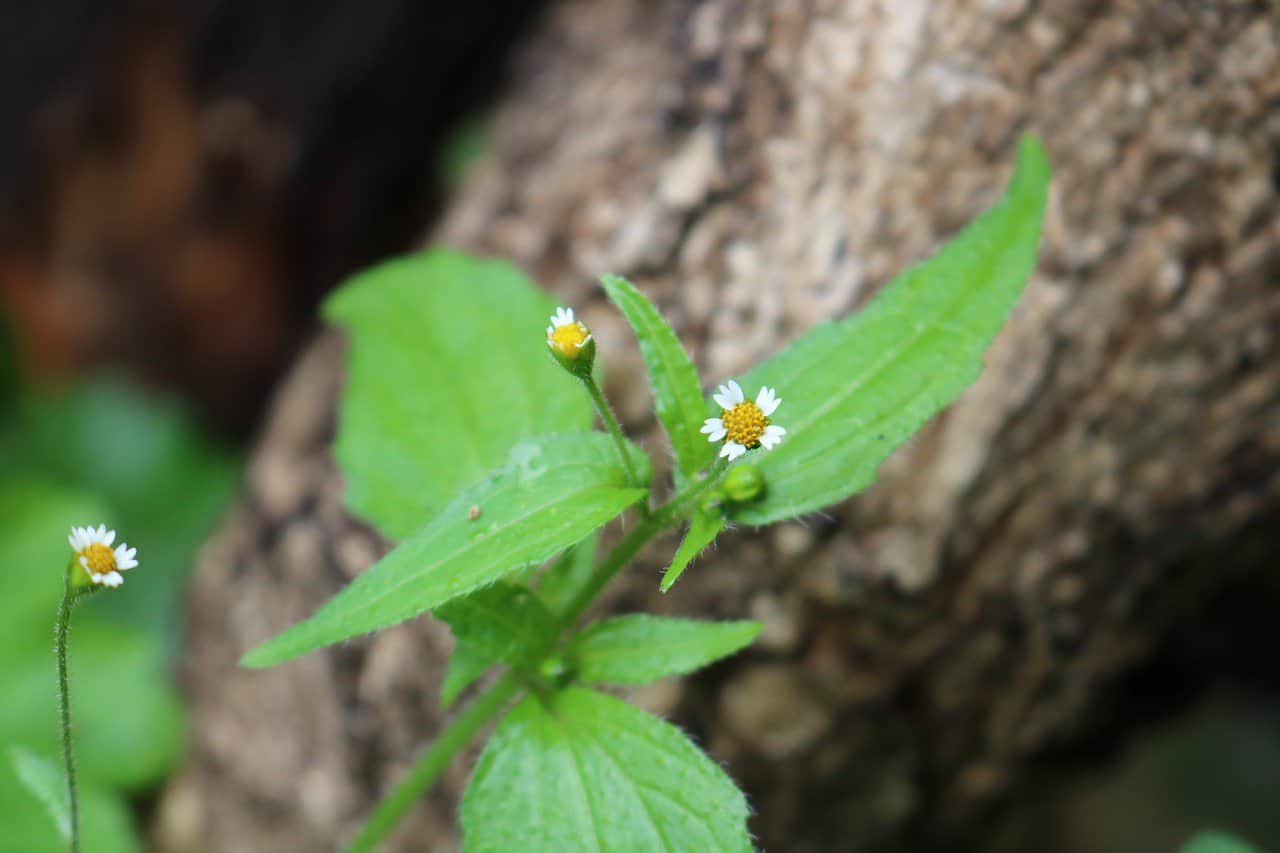
Quickweed has small white flowers and roundish leaves that are also hairy, like the cress weed’s leaves. In fact, these weeds have a lot in common with the bittercress weed, including the round-scalloped shaped leaves. Quickweed grows to around two feet tall and two feet wide, and the flowers bloom in the summertime.
They are frequently found in garden areas and sunny landscapes, and you can use both a preemergence and postemergence herbicide to try to control them.
7. Nettle
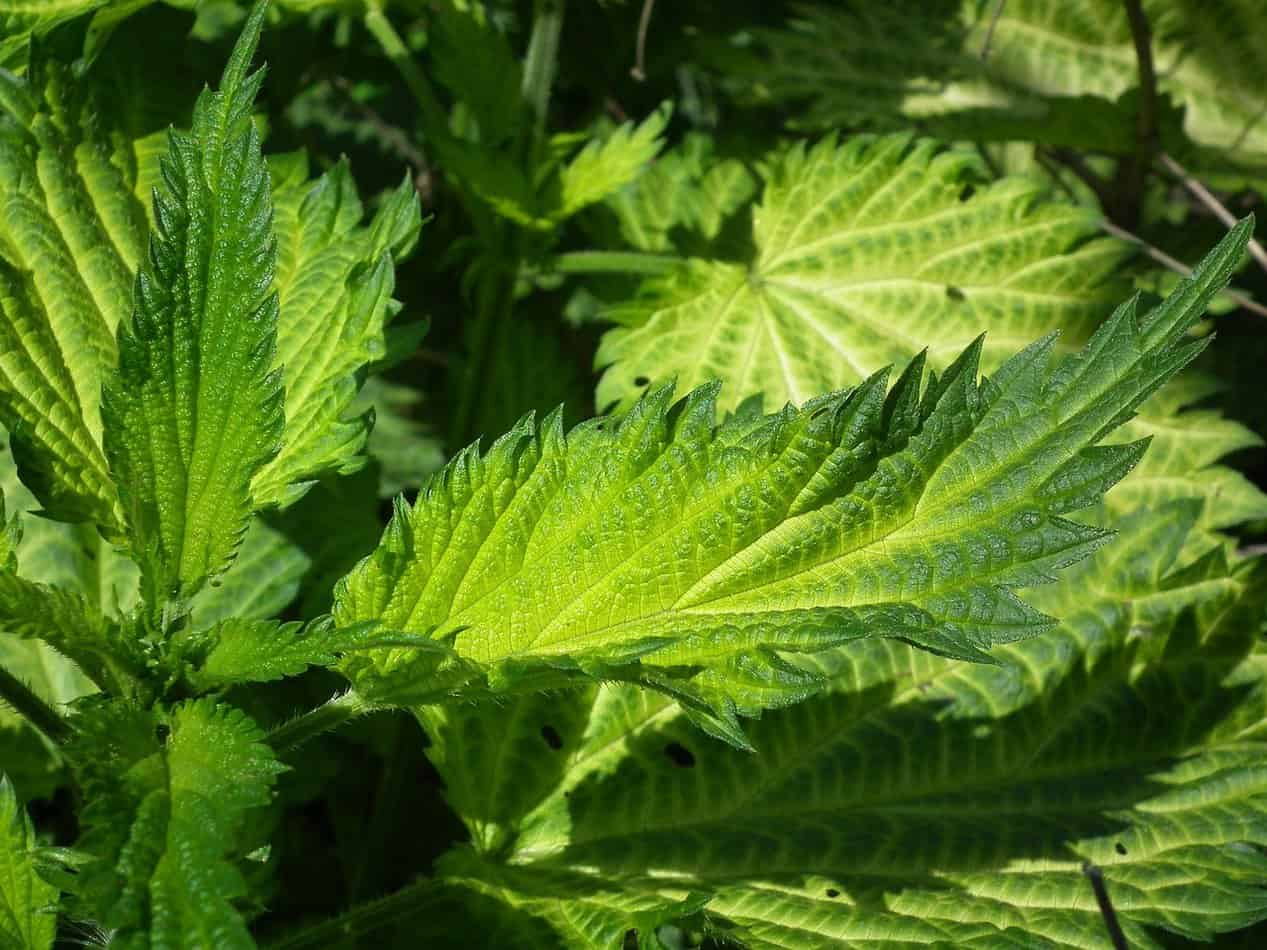
Nettle has sawtooth-edge leaves that have hairy edges, just like bittercress weeds do. The one thing you’ll want to remember about nettle weeds, which are also called stinging nettle, is that you have to wear gloves every time you work with them. This is because the hairs on the leaves are fairly sharp and can sting you and irritate your skin if you touch them. The good thing is that you can treat your plants with mulch to prevent stinging nettle from getting out of hand or use a good postemergence herbicide on them.
8. Wild Violet

Wild violet doesn’t look exactly like cress weeds do, but it does have heart-shaped leaves and is found in many of the same areas, including garden areas, shady lawns, and landscapes. It has purple flowers instead of white ones, and it grows up to six inches tall and six inches wide, making it a relatively small-sized weed.
This broadleaf perennial is often found in ground cover and is sometimes intentionally grown as an ornamental plant in shade gardens. Fortunately, you often have success pulling them up by hand to keep them away, and you can use a postemergence herbicide if this doesn’t work.

